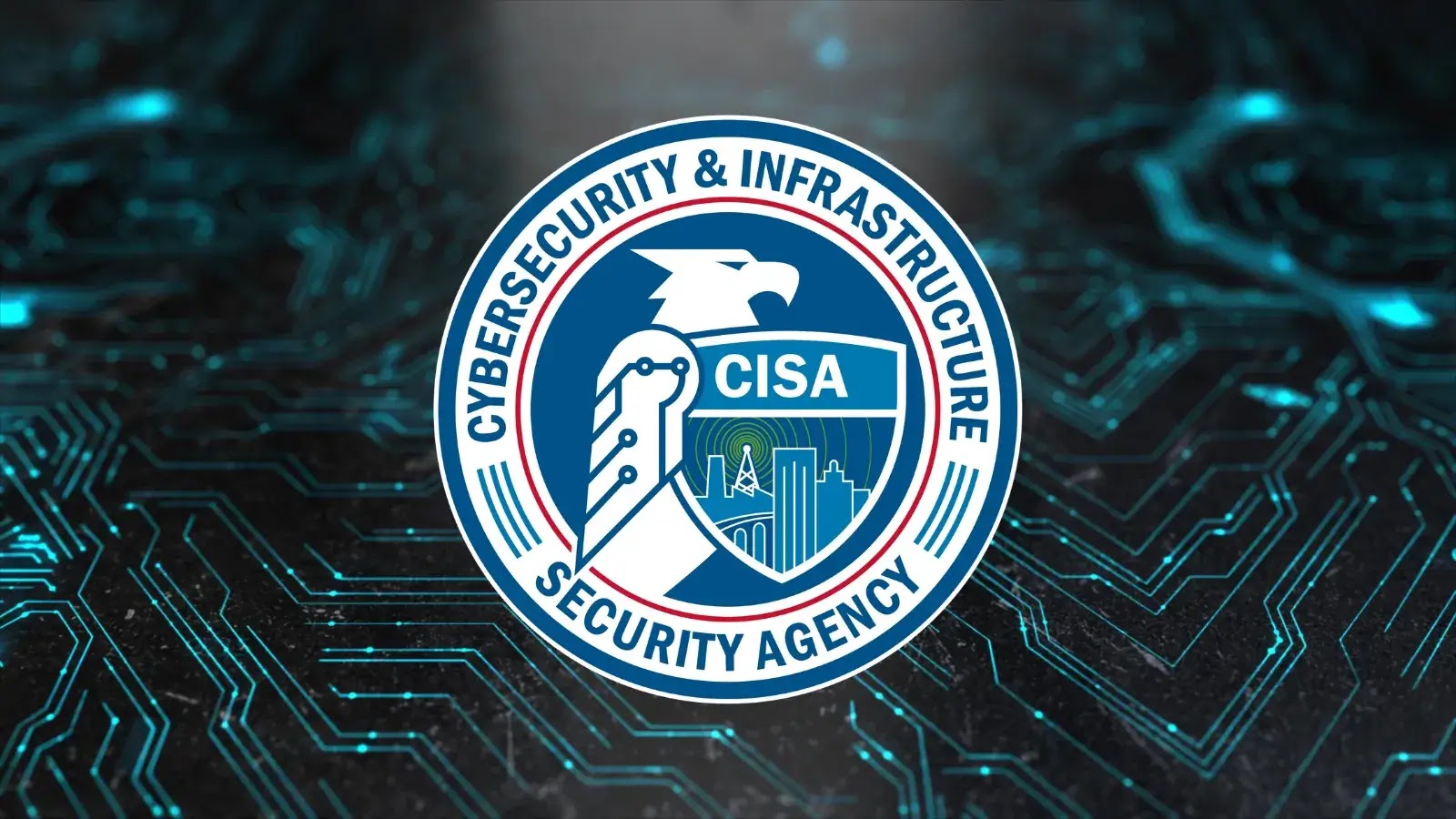CISA Reveals Hackers Breached U.S. Federal Agency via GeoServer RCE Flaw
Federal cybersecurity agency CISA has disclosed that attackers exploited a remote code execution vulnerability in GeoServer to breach a U.S. federal civilian executive branch agency.
The incident response began after endpoint detection alerts sounded at the agency. Over three weeks, cyber intruders used the flaw to gain initial access, move laterally, and establish persistence across multiple servers.
CISA’s advisory underscores the critical need for timely patching, tested response plans, and constant alert review.
How the Breach Unfolded
On July 11, 2024, attackers exploited CVE-2024-36401, an “eval injection” weakness in GeoServer, to execute commands on a public-facing server.
Despite a disclosure 11 days earlier, the agency had not applied the patch. Intruders leveraged the flaw to download open-source tools, install web shells, and create cron jobs for persistence.
Eleven days later, the same vulnerability was exploited against a second GeoServer instance, further widening the scope of the breach.
After compromising both GeoServers, the threat actors moved to a web server and from there to an internal SQL server.
They exploited xp_cmdshell on the SQL server to gain remote code execution. Over the three-week period, their activities went undetected because some public-facing systems lacked endpoint protection and EDR alerts were not continuously reviewed.
The breach only came to light when an EDR alert flagged a suspicious file transfer on July 31, prompting the agency’s security operations center to contain the SQL server and call in CISA.
CISA identified three key shortcomings that allowed the breach to persist:
- Untimely Patching: The critical GeoServer flaw was fixed weeks before it was exploited. Prompt patch application could have blocked initial access.
- Unpracticed Response Plans: The agency’s incident response plan was untested and did not include steps for engaging external partners or granting them access to security tools. This delay hampered CISA’s ability to act swiftly.
- Incomplete Alert Monitoring: EDR alerts were not monitored continuously, and some public servers lacked endpoint protection. Continuous review of alerts and full coverage of endpoint security are vital for early detection.
These findings highlight that technology alone cannot secure an organization. Processes, planning, and people must work together to reduce risk, prepare for incidents, and respond effectively.
CISA recommends three main actions for all federal agencies and critical infrastructure organizations:
Prevent compromise by prioritizing rapid patching of known exploited vulnerabilities in public-facing systems.
Prepare for incidents by maintaining and exercising a detailed incident response plan. Include procedures for third-party assistance and access to key resources.
Enhance detection by implementing comprehensive logging and centralizing logs in an out-of-band location. This ensures logs remain intact during an incident and support timely threat hunting.
The advisory also provides detailed TTPs used by the attackers and downloadable indicators of compromise in both STIX and JSON formats.
Organizations should review these IOCs and adjust detection rules accordingly. By learning from this engagement, agencies can strengthen their defenses against similar exploits and improve their overall security posture.
Follow us on Google News, LinkedIn, and X to Get Instant Updates and Set GBH as a Preferred Source in Google.














Post Comment